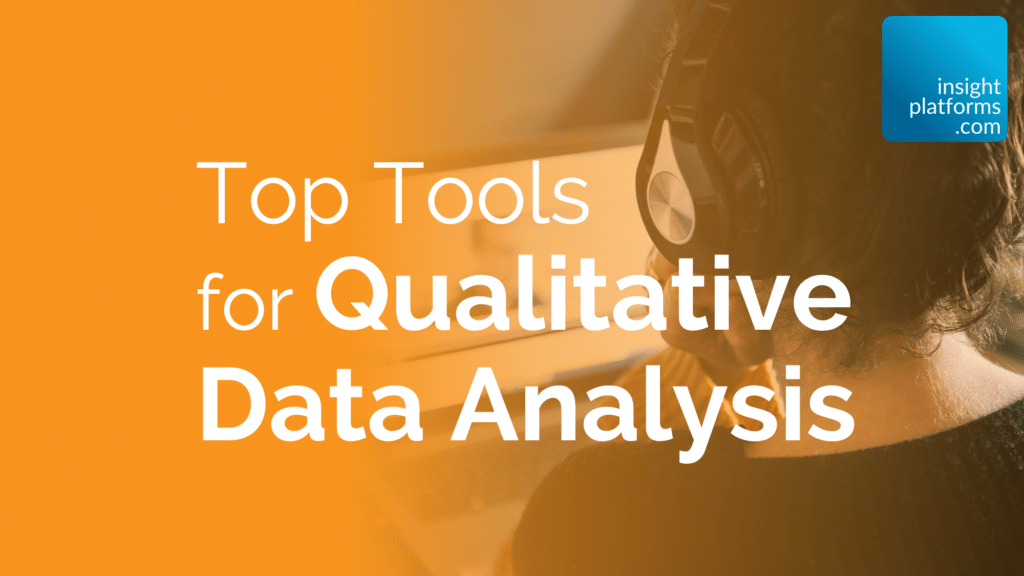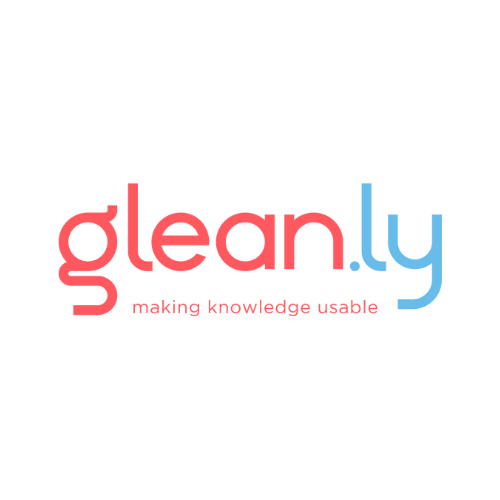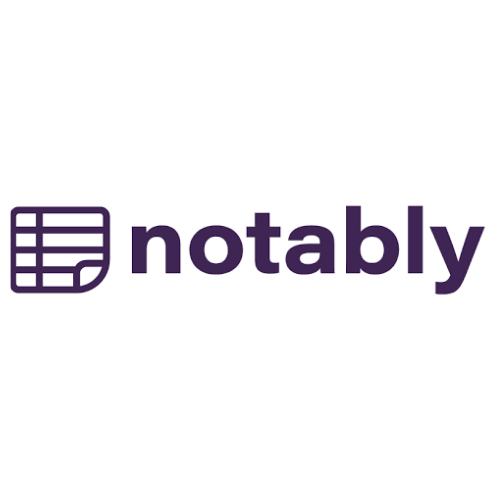What are research repositories?
A user research repository is a database that helps organisations manage, share, and access user research datasets for decision-making.
Information is the most valuable asset in any modern organisation, especially in the era of big data and the rise of an increasingly knowledge-based economy. However, given the ubiquity of digital technologies capturing data from an ever-wider range of sources, scale has become an enormous challenge.
A modern user research repository serves as a centralised platform for decision-making. As a unified database infrastructure, it is a single source of truth that empowers research teams, stakeholders, and decision-makers to leverage their informational assets to their fullest potential.
A working research repository helps overcome the challenges of big data by making enormous data sets more searchable, accessible, and manageable. There are two main types of content in a research repository – the input and the output. The input can be any data source, such as user testing videos, interview transcriptions or other customer data. The output may be key findings, showreels, clips, insight ‘nuggets’ or reports delivered by advanced metadata-assisted search functions and, in some cases, machine learning and artificial intelligence.
Why do we need research repositories?
The main reason we need research repositories is that around three quarters of data is unused for analytics. Most business leaders recognize the value of data pertaining to their customers, operations, and other areas of research, but they often lack an effective way to use it. Indeed, data sets have already become much too large for human comprehension, hence the common term ‘big data’. Older technical solutions, such as spreadsheets and conventional databases, are similarly unable to accommodate the sheer scale of today’s research data sets.
This challenge has left many organizations sitting on an untapped goldmine of valuable data. Moreover, this data is often siloed within different departments that each use their own tools and have their own processes – which often don’t work well together. As a result, stakeholders struggle to find the information that is relevant to them among all the digital noise. Reports and presentations end up losing their relevance when they’re delivered late, and often go unread entirely.
Information siloes are the bane of productivity and innovation. When information is not readily accessible and consistent, different departments and employees often find themselves having to repeat the same research, which means it takes much longer to make important decisions. Simply put, we need research repositories so that everyone can stay informed and get up to speed with what is already known. Without a modern and scalable approach to information management, that truth ends up being locked away to the point it starts to lose its relevance.
The challenge is much greater in the era of big data, where business data sets are doubling in size every two years. Most of this data is unstructured, existing in the form of video or audio recordings, interviews, industry trend reports, social media posts, and more. Unstructured data isn’t readily searchable, especially when it is stored across increasingly complex computing environments consisting of public and private clouds and on-premises servers and computers. That’s why every organisation needs an effective way to organise their information assets.
5 characteristics of research repositories that work
Popular file storage and data management solutions, such as SharePoint, are ideal for smaller businesses, but they typically cannot meet the needs of larger research teams. For example, SharePoint imposes limitations on the amount of files that can be viewed, in order to maintain reasonable performance levels. Furthermore, without any smart content classification, it isn’t suitable for managing and managing and accessing research resources at an enterprise-scale by itself.
An effective research repository must have the following characteristics to enable you to realise the full potential of your information assets:
1. Accessibility
A common concern is that implementing a universal research repository will cause individual teams to lose context and control over their own operations. However, a truly universal system alleviates this concern by ensuring everyone who needs to has access to the same data. Since research data is collected in a centralized location, it serves as a single source of truth, thus ensuring that everyone is on the same page. As a unified solution, a research repository is far more accessible and searchable than today’s often disparate, manually-driven solutions.
2. Scalability
Implementing a successful research repository should be viewed as a long-term solution and one that will enhance organisational resilience and agility. To that end, scalability must be a top priority. It should be easy to connect new data sources, without a risk of vendor lock-in or losing control over your research assets. As companies grow and market conditions change, it is essential that you can scale up your storage requirements and continue to manage your research repositories effectively.
3. Security
With information security being a growing concern, there is a widespread fear that having a single source of truth equates to having a single point of failure. However, in practical terms, it also means you only have one major asset to protect, rather than different repositories for each department that could give determined attackers access to your broader environment. Security must be top priority, especially with regards to role-based access controls, encryption, multi-factor authentication, and record retention and deletion processes.
4. Governance
Another benefit of having a unified research repository is that it’s inherently easier to manage. A successful research repository is more than just a collection of information and insights, but also a unified way to govern your knowledge-based assets. A proper research repository helps managers maintain visibility and control over their assets with full auditability and traceability. Moreover, it should allow managers to easily apply organization-wide rules pertaining to data security, compliance, and records retention.
5. Ease of use
A research repository should be approachable not just for researchers, but everyone else to whom the information it stores is valuable. For example, this might include product designers and managers, software developers, and regulatory compliance and legal teams. A research repository that is easy to use and facilitates the effortless retrieval of information and insights will also enjoy a significantly higher adoption rate.
See also …
Top Tools for Qualitative Data Analysis
5 benefits of modern research repositories
Many organisations suffer from a lack of a unified approach to knowledge management, but a modern research repository can alleviate this problem at scale by enabling:
1. Easier access to time-sensitive insights
If research information is readily accessible and updates in real-time, business stakeholders and decision-makers will no longer have to wait for reports to be manually compiled. This way, time-sensitive data and insights retain their relevance and promote greater business agility.
2. Enhanced decision-making and automation
By breaking down the siloes around research and data, organizations can automate records retrieval and, to a degree, decision-making itself. A research repository can also eliminate the need to carry out the same research multiple times.
3. Democratisation of data
A research repository ensures that all data, from all business departments and teams, flows into a centralized system that anyone can access. With greater control over data management and accessibility, insights are made available to everyone who needs them.
4. Greater transparency
Siloed organisations, by definition, lack accountability and transparency. A research repository overcomes this by ensuring that the same data is available to everyone, thus reducing conflict and maintaining the integrity of information.
5. Reusable workflows
Research repositories are more than just centralised information storage solutions. They also standardise how information is accessed and governed. Reusable workflows make it easy to request access to research information, while ensuring full auditability.
Find your research repository in the Insight Platforms directory:
How to build a robust research repository
Implementing a research repository isn’t something you can expect to achieve in a few days, but it’s important to start sooner rather than later. Successful implementation will only become more complicated as your organisation grows and its data sets expand. Following is a broad overview of the main steps involved in creating and managing a research repository:
1. Appoint a research repository team
First, you need to build a team to implement and manage your research repository. The team should include leaders from across your organisation, including department heads, research professionals, and digital innovation champions. After all, the purpose of a research repository is to empower collaboration, so it stands to reason that you need a collaborative approach to implementing one too.
2. Collect and organise existing data
The next step is to define your business taxonomy, which is a group of category tags that you will use to organize your research data. At this stage, you will need to identify all your existing data sources and list and categorize them.
3. Add supporting metadata
One of the main functions of a unified research repository is the ability to search through large archives of information quickly. For this, each individual asset must be tagged with the right metadata. There are tools available that can partially automate this otherwise massive job.
4. Choose the right insights platform
Most organisations start with tools they are already using internally, cobbling together simple research repositories and business wikis using platforms like SharePoint. While this is better than nothing, it’s wise to consider using a dedicated research repository platform that can scale and adapt to your current and future needs.
5. Fuel a cycle of continuous improvement
Once your research repository is up and running, you can embark on a journey of continuous improvement, whereby you leverage your now readily available research data to drive smarter decision-making. Based on these insights, you will be able to continuously enhance your business operations and decision-making processes.
Final words
Many business leaders are becoming increasingly frustrated with the challenges associated with the storage, retrieval, and sharing of mission-critical records and insights. A centralised research repository can help overcome these difficulties to achieve greater organisational resilience and become more adaptable to change. In the end, it comes down to the ability to leverage data to improve your products, services, and operations and stay competitive in an increasingly unpredictable market.
If you’re ready to start a research repository for your organisation, create your shortlist from specialist platforms listed in our directory.








